The women Cyprus tried to burn are now taking their story to the stage
If women act out, they are emotional. If they speak up? Rebels. If they own their power, sexuality and are childless? Witches. It doesn’t take much to label women and dim their fire. For centuries, patriarchal societies — Cyprus included — have tried to silence bold women.
In early-20th century Limassol, the women of the Four Lanterns were deemed witches. All because they resisted social norms, lived alone — or worse, with other women or cats! — and dared to express themselves.
The Daibar Masal performance tells their story. After a Nicosia show at Mikri Arktos and sold-out Limassol performances at Cornaro Art Institute, where it will return on May 31 and June 1, plans are now afoot to take it to Larnaca and Paphos too.
Upon arrival to the Nicosia show, we were told to stand outside. A fire was burning, a woman’s cry cut through the air and slowly the five performers emerged, circling a fire and singing. In the corner, three musicians with Cypriot instruments awaited their turn. The performance entailed a theatrical flamenco show about Cypriot witches. From its description, it was clear this would be an interactive performance. Soon after, we were led to follow the ‘witches’ inside where things got even more interesting.
The performance is not based on a myth but real stories, says Philippa Stylianoude, the woman behind the production and the director of Compania Flamenca Filippa. “They weren’t mythical figures,” she says, “they were real women, marginalised and judged harshly by a society that feared their independence.
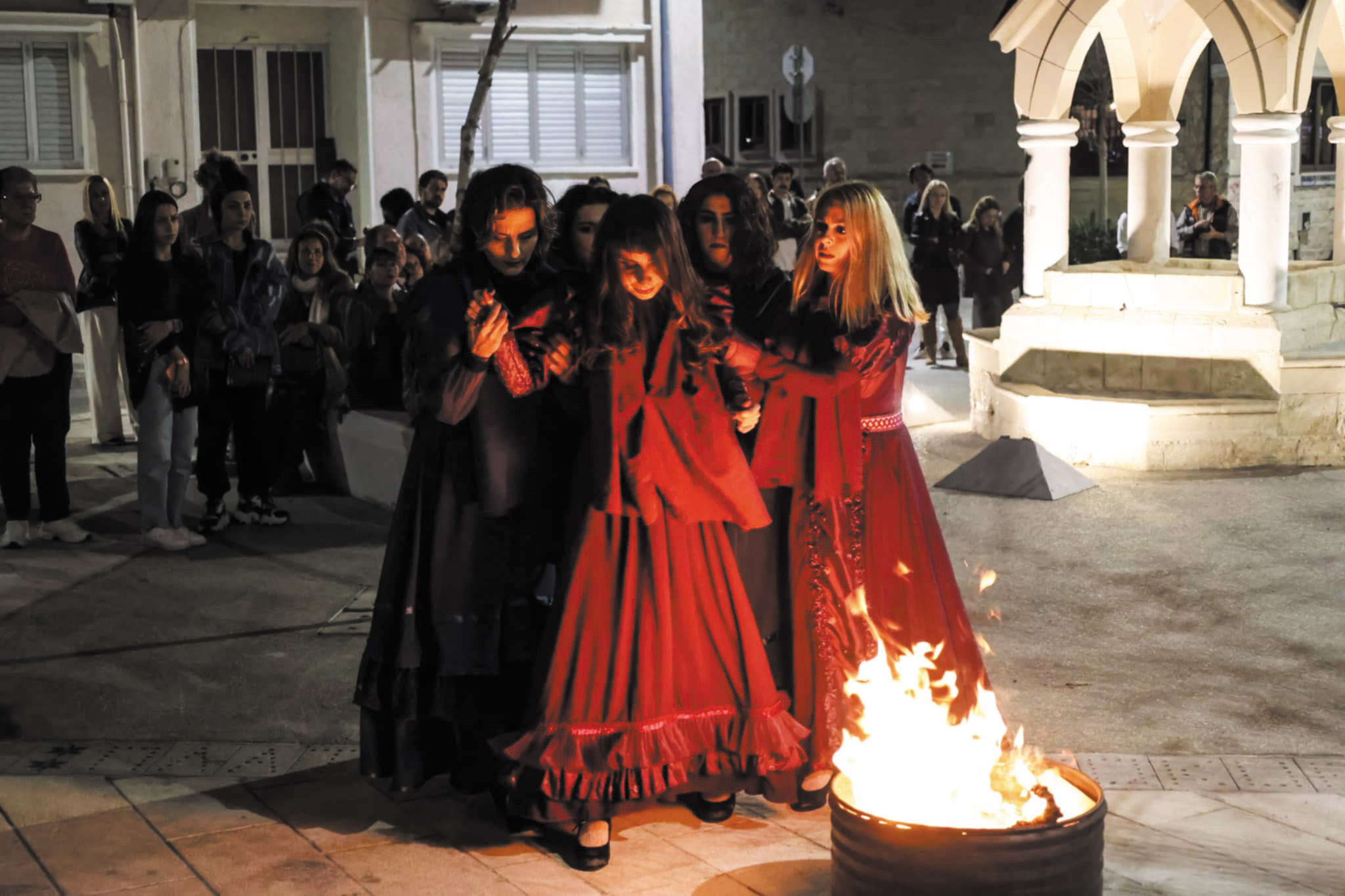
“Their presence dates back to the late Ottoman period and early British colonial rule,” her research revealed. “These women were seen wandering the old neighbourhoods at night, sometimes naked, riding reeds and combing their hair under the light of the four lanterns of the bridge that connected Greek Cypriot and Turkish Cypriot communities. Theirs is a powerful but almost forgotten story from Limassol’s past.” So, she decided to bring it back to life.
Once inside the theatre, we followed the performers from room to room; this was not your typical sit-down show. Far from it. In different locations of the venue, the performers recited old poems, retold the story of the witches through Cypriot song and music with interludes of flamenco rhythms and body percussions.
“We selected art forms that express emotion, resistance and freedom so powerfully,” Philippa says “contemporary dance, flamenco spirit, music, poetry. The music was composed by myself in collaboration with the musicians of the performance (Georgia Kombou, Maria Christodoulou and Stefanos Riris). We drew inspiration from traditional Cypriot music, combining ‘amane’ with flamenco.”
Daibar Masal’s blend of Cypriot music (on laouto, bouzouki, sandouri and toumberleki) and Hispanic rhythms was intentional. Although there was nothing Spanish about the Limassol witches, flamenco music tells a story of passion, suffering and longing with its loud cries and intensifying music.
“By blending flamenco’s raw emotionality with Cypriot instruments and storytelling, we create a bridge between traditions. It becomes something both foreign and deeply familiar — a mirror that reflects hidden parts of our own culture and emotions,” she adds.
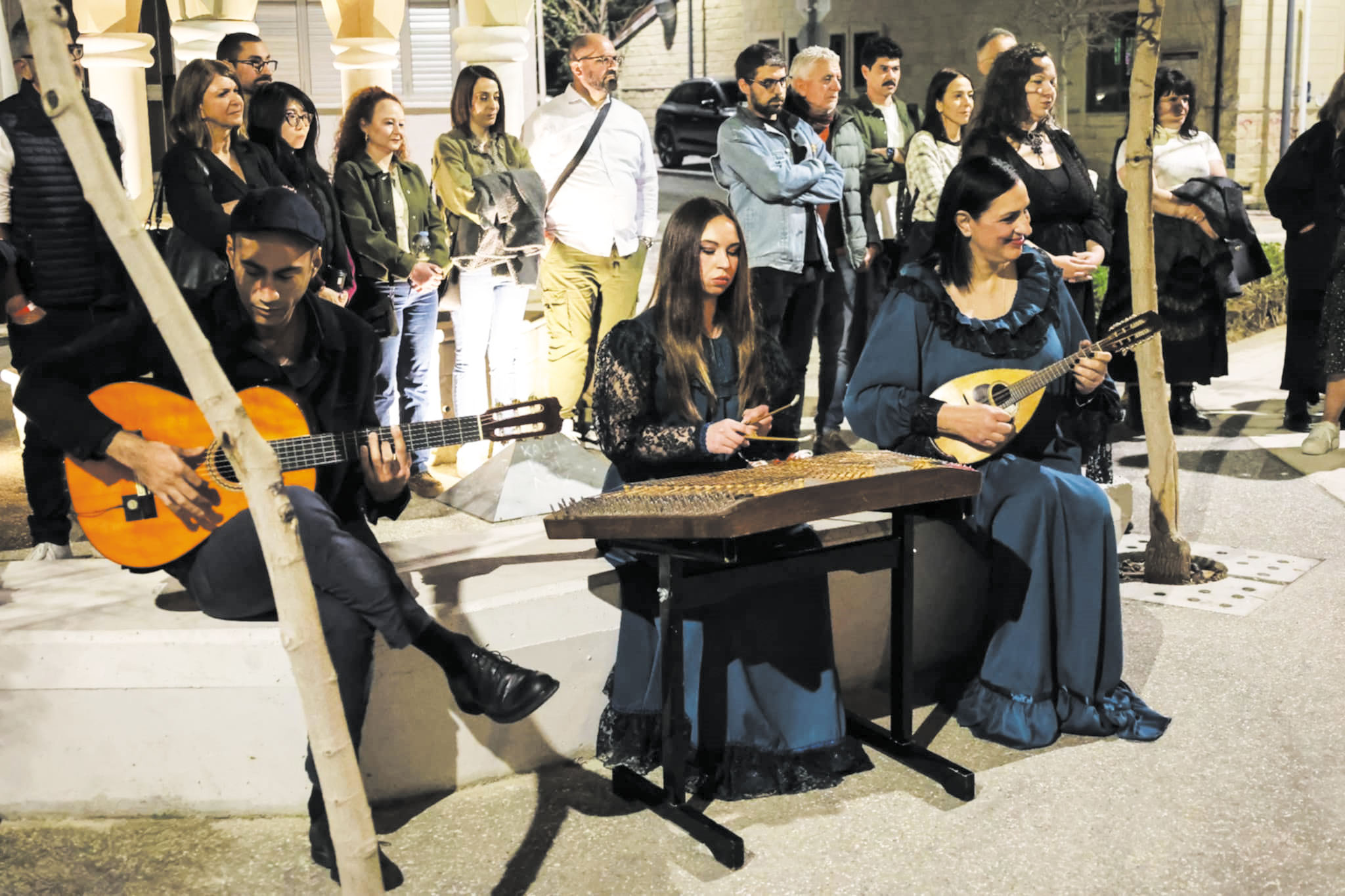
In between the storytelling, the women burst into song, bang rhythmical melodies on tables and pull us – the audience – into the performance. This was perhaps the most exciting aspect of the show; interactive and surprising.
As the performers moved around the venue, we were to follow them, grabbed to dance with them, led up the stairs for a water blessing ritual. The interactivity broke down the barrier between performer and spectator and also brought us closer to other audience members, sharing timid dances to the music and awkward glances as we navigated the venue.
The space was tight, the moving around required a sort of choreography from us as well – not to block someone’s view, shift from space to space quietly and offer up seats to those who’d been standing.
“The element of interactivity is a very powerful aspect of this performance and this was a very big challenge for me,” says Philippa. “These stories aren’t meant to be observed passively. They are alive, messy, visceral. By moving with us, feeling the energy of the space, the audience becomes part of the ritual, part of the rebirth.”
The performance also includes nudity, at times subtle, other times not. But it’s not about provoking. “It’s about vulnerability, truth and shedding layers of imposed identity. The witches were accused of shamelessness, yet their nakedness was a symbol of freedom.”
These women were deemed witches not for acts of witchcraft but for daring to be unafraid and free. But still in a world of misogynistic influencers and populist leaders, being your unapologetic self can still sometimes be an act of bravery. Does that make all of us witches?
“I believe that every woman, and every human being,” concludes Philippa, “carries within them a spark of that same magic: the desire for freedom, the courage to resist norms that don’t fit them. That is what Daibar Masal is all about. Remembering and honouring the strength that lies within us all.”
Daibar Masal
Flamenco, dance and theatre performance on the legend of the Witches of the Four Lanterns of Limassol. May 31 and June 1. Cornaro fine arts Centre, Limassol. 8pm. €20. Tel: 97-620902

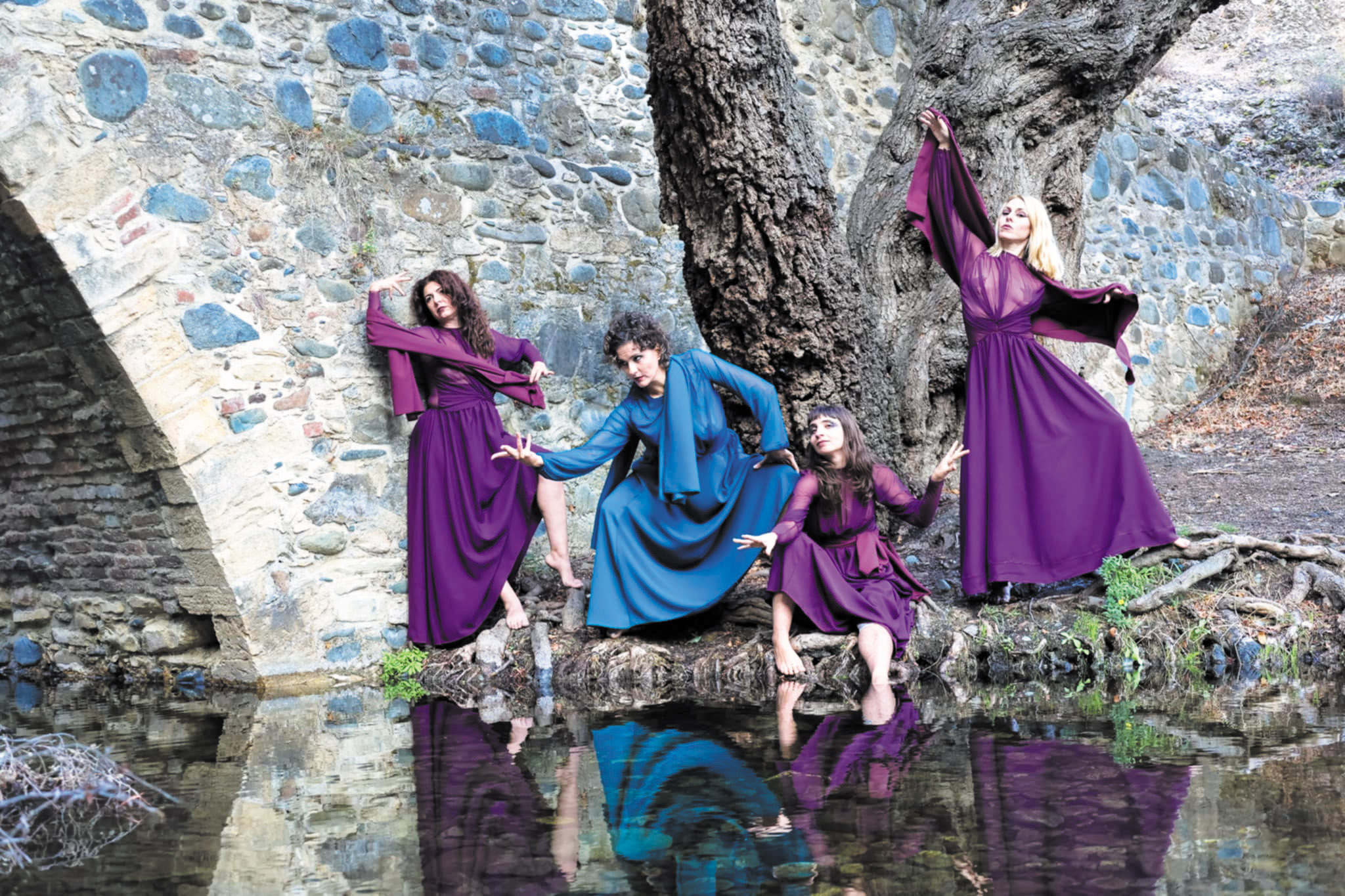
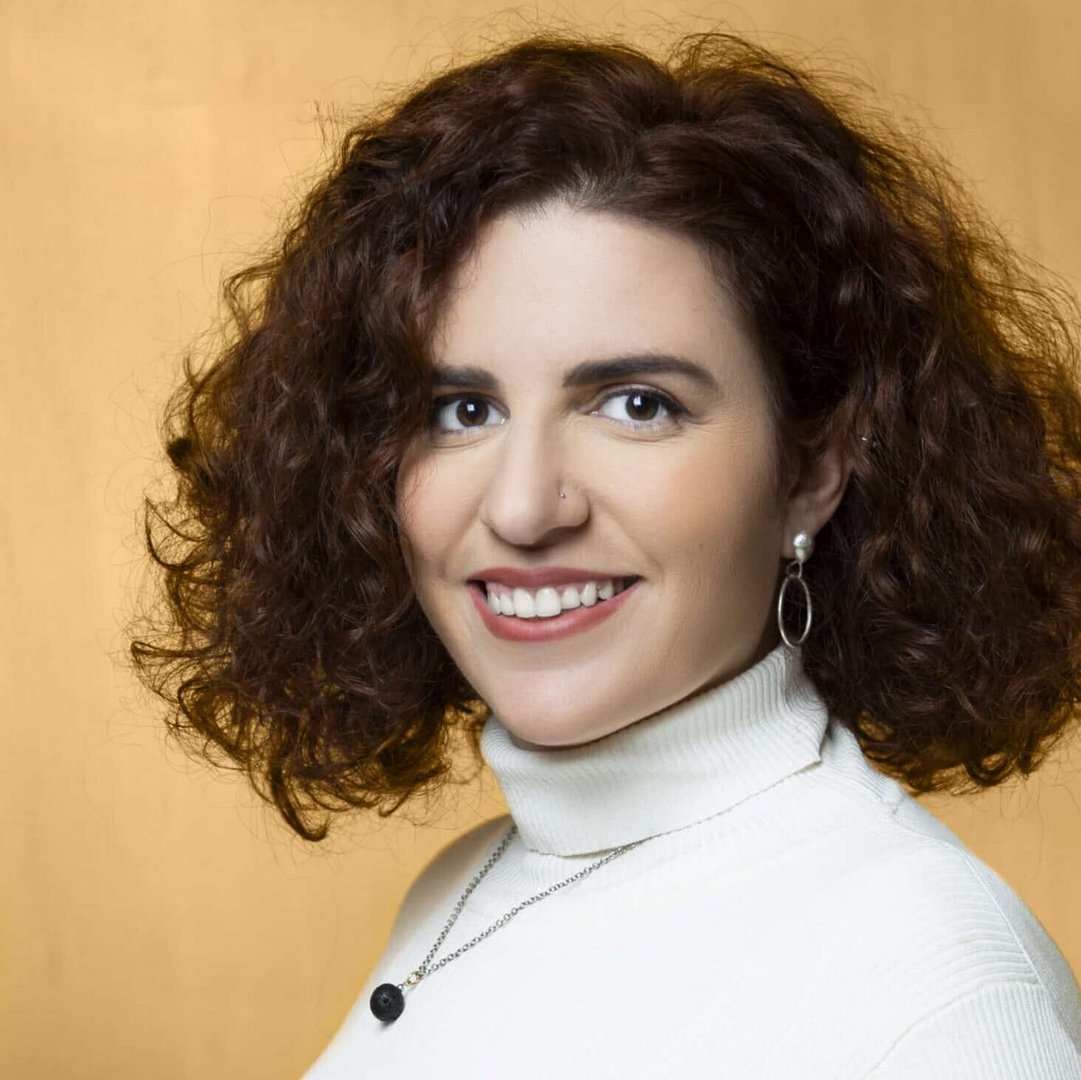
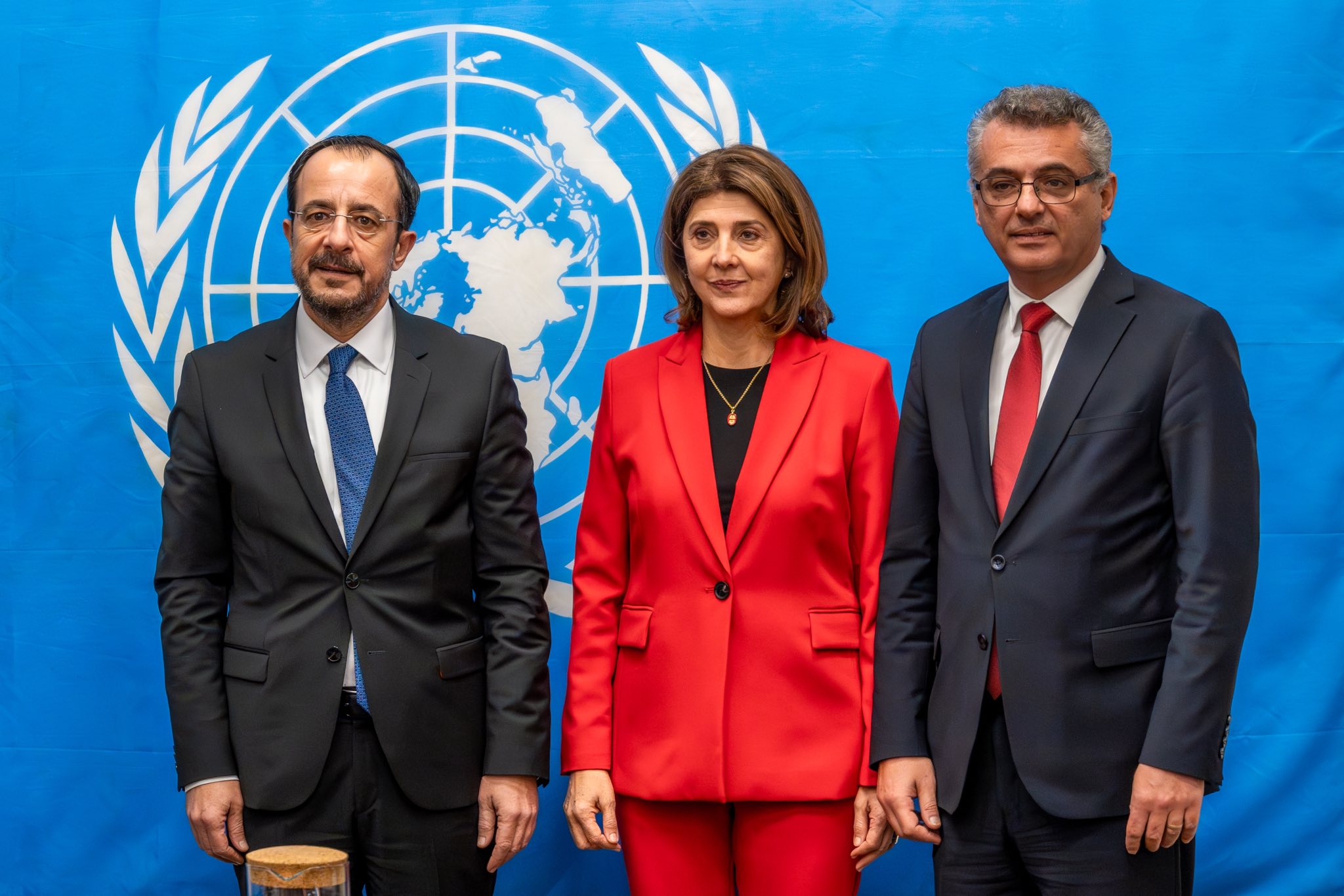
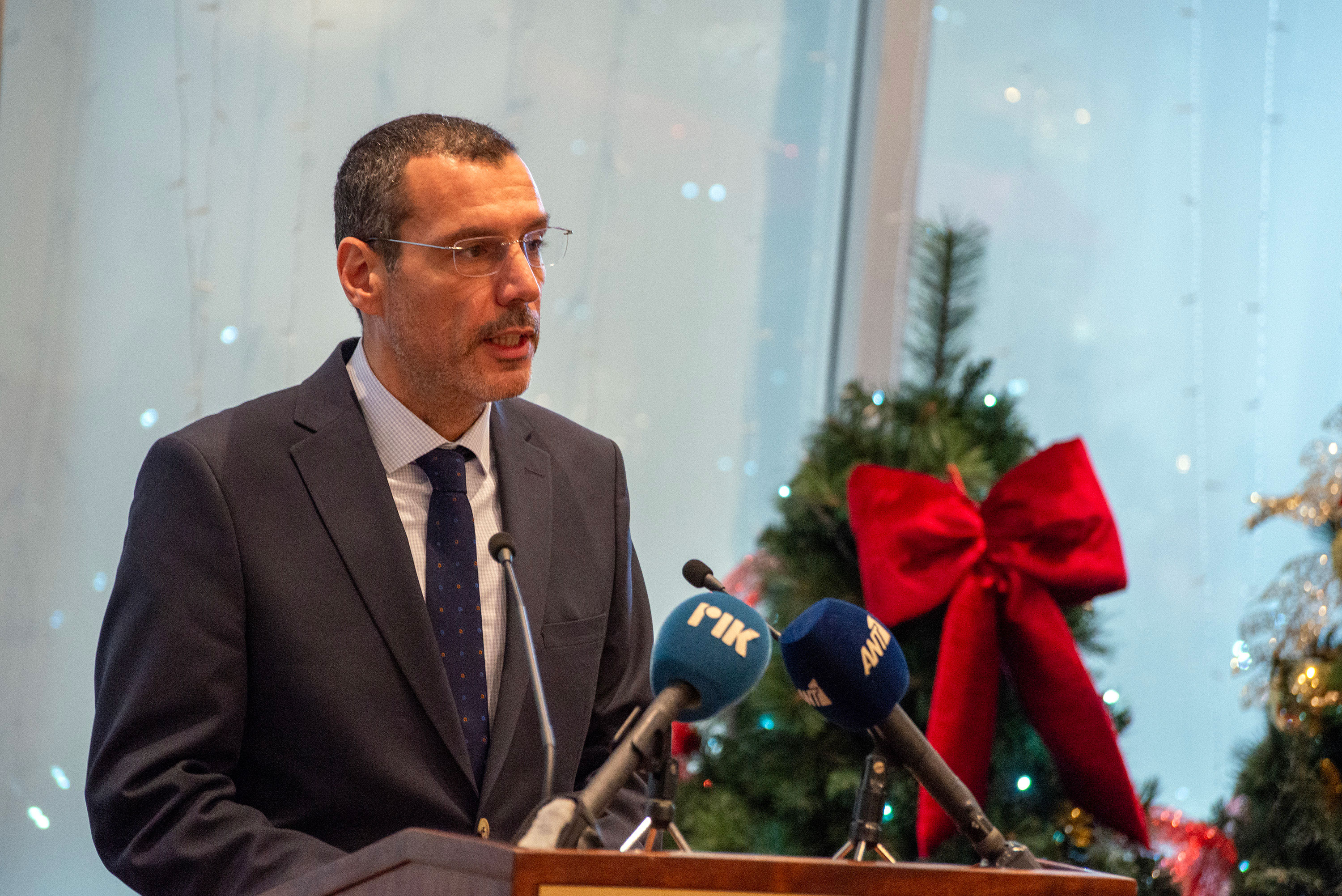
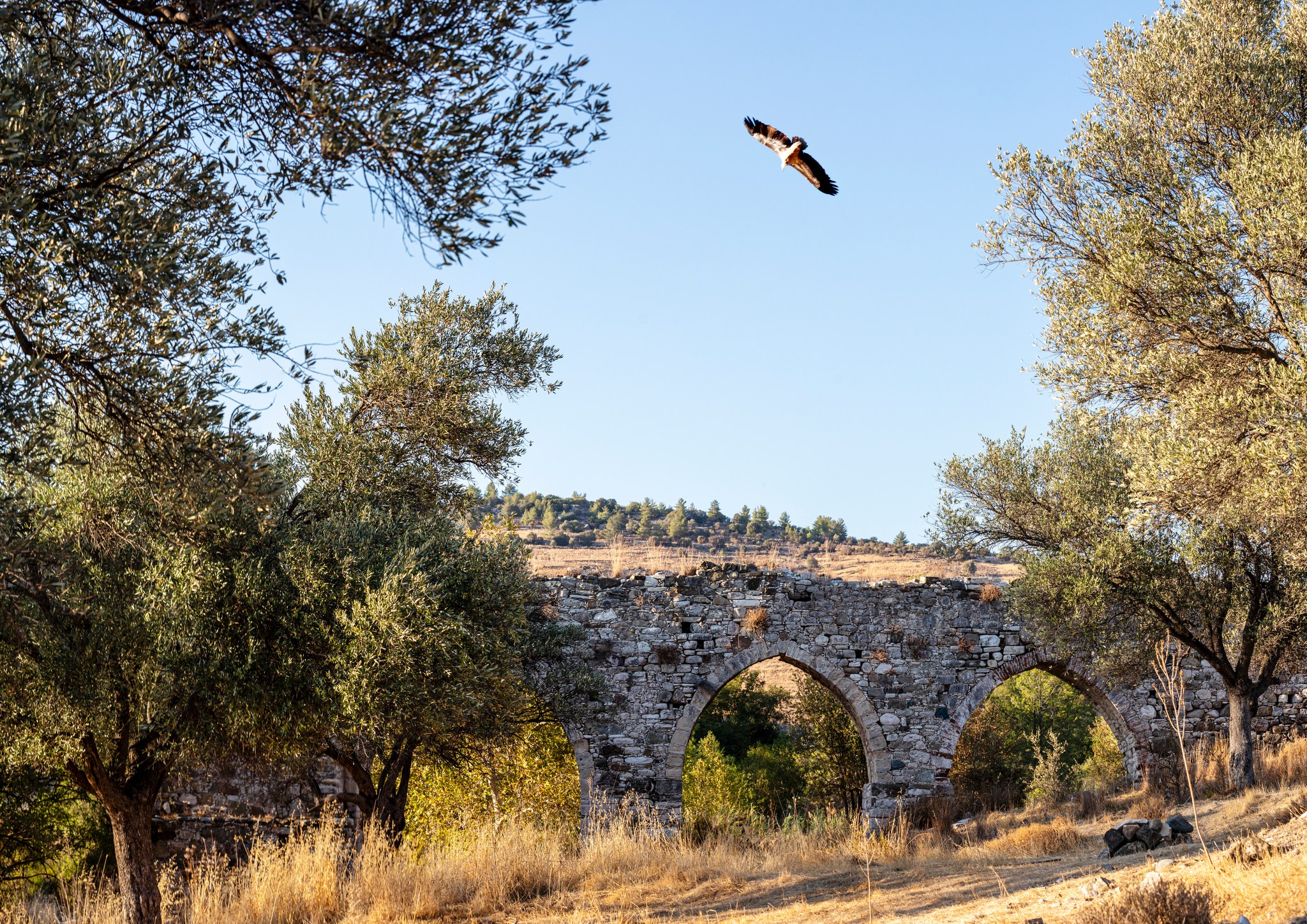
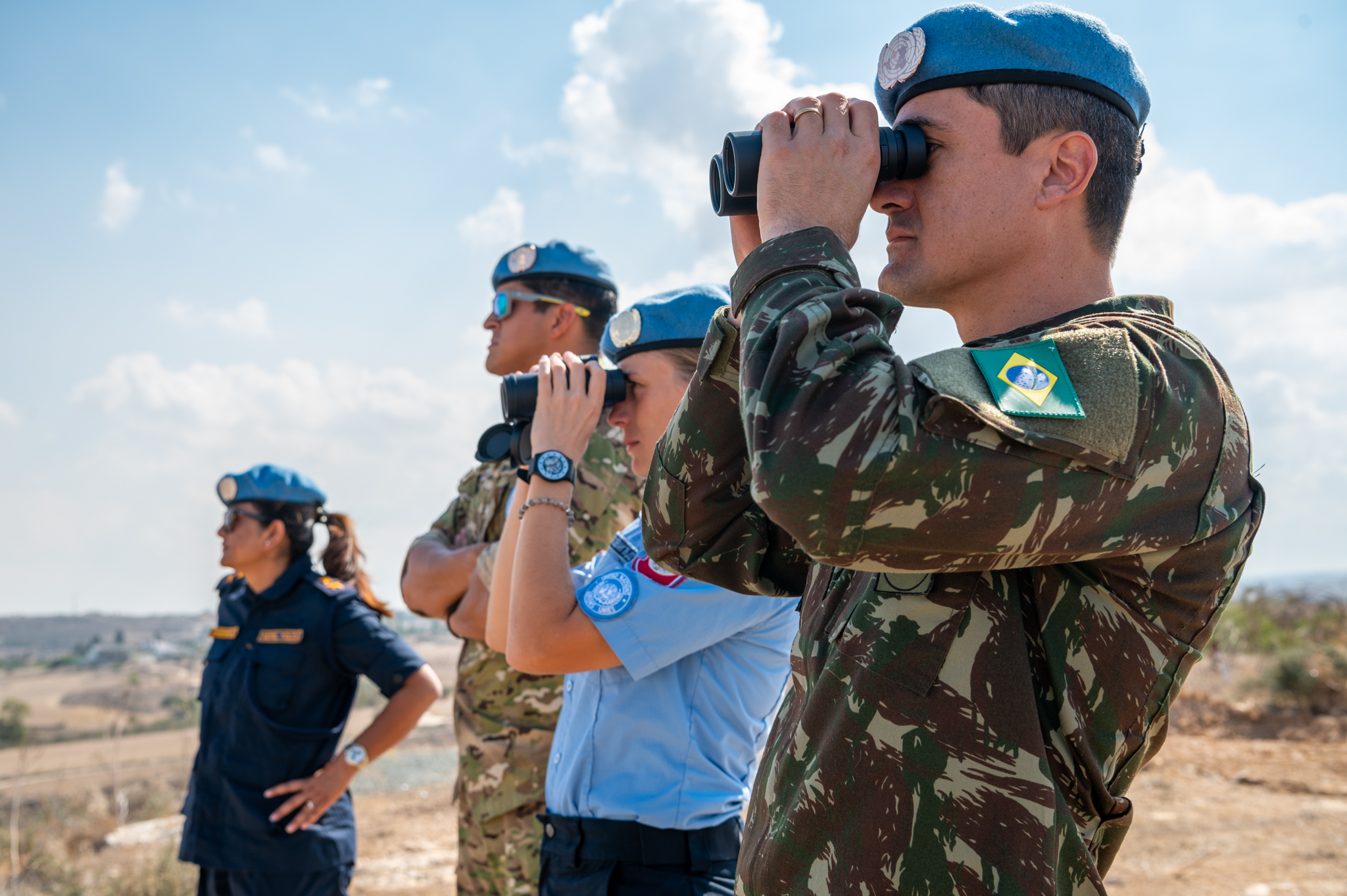
Click here to change your cookie preferences